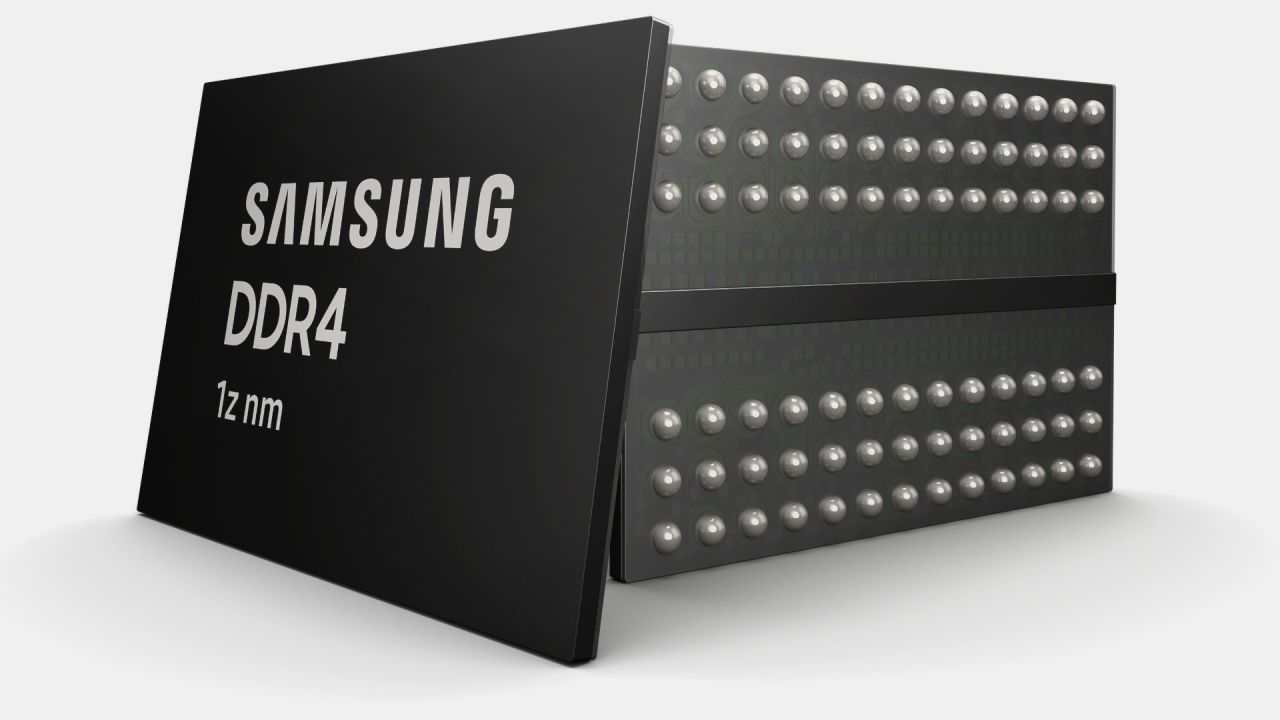DDR4 production expected to continue until 2026 — Samsung, SK hynix, and Micron will continue serving industry clients for longer
Samsung Electronics and SK Hynix have decided to extend DDR4 production until next year as the price of DDR4, an old memory semiconductor, continues to remain higher than DDR5, a new model.
According to the semiconductor industry on the 1st, Samsung Electronics plans to extend the production of DRAM DDR4, which was originally planned to be done until this year, until next year. SK Hynix recently established the same policy and delivered such information to customers. In particular, SK Hynix decided to increase DDR4 production at its Wuxi plant in China, which has many older production lines.
An executive of a server vendor explained, “The two companies announced their plan to stop DDR4 production and then withdrew it,” adding, “As a result, DDR4 prices are temporarily soaring.”
DDR is the standard of DRAM, which is most commonly used in PCs and servers, and the number following it refers to each generation. DDR4, which appeared in 2013, was scheduled to end production this year as it was sequentially replaced by DDR5, which appeared in 2022. In the first half of this year, memory companies such as Samsung Electronics, SK Hynix, and Micron told their customers that they plan to stop producing DDR4.
However, high bandwidth memory (HBM) has changed this market atmosphere. As all three memory companies have made all-out efforts to win HBM orders, provisional DRAM supply has decreased. HBM is known to use wafers three times as much as DRAM. As many production plans were allocated to HBM, the supply of DRAM itself decreased relatively.
On top of that, even CXMT, a late Chinese company, said it would stop producing DDR4 this year, and DDR4 prices, which still have some consumers, began to soar.
As the supply of DDR4 decreased sharply, the reversal of the old DDR4 price being higher than that of DDR5 continued, and in the end, memory semiconductor companies decided to maintain DDR4 production to increase profitability. In the case of the old generation DRAM, depreciation is reflected all, which is more profitable than the new model.
According to TrendForce, the price of DDR4 16GB 2Gx8 (spot) has continued to reverse its price for three months since it exceeded the price of DDR5 16GB 2Gx8 (spot) in June this year. The price gap widened from $7.01 for DDR4 and $5.85 for DDR5 in June to $8.59 and $6.17 for August, respectively.
DDR5 is about twice as fast as DDR4 and 30% more power efficiency, but it is very unusual that DDR4 is expensive.
“There is still a demand for some customers to use DDR4, so production is still taking place,” a semiconductor industry official said. “This is a temporary phenomenon and will be transferred to DDR5.”
It is also the reason that demand for DDR4 for servers still remains as investment in artificial intelligence (AI) data centers increases rapidly.
Currently, as AI data centers continue to invest worldwide, demand is increasing significantly not only for DRAMs (HBMs) used in GPUs but also for general server DRAMs. DRAM Exchange expects DDR4 for servers to account for 5% of the total market next year.
Some explain that such a price reversal will soon disappear. In the past, it showed a reversal phenomenon for about four months during the transition from DDR2 to DDR3, but this phenomenon also disappeared as the transition was completely made. Samsung Electronics, which produces more general-purpose DRAMs, is expected to benefit from rising DDR4 prices. However, there is a possibility that SK Hynix’s benefits will increase if DDR4 production increases significantly, centering on Wuxi plants.
